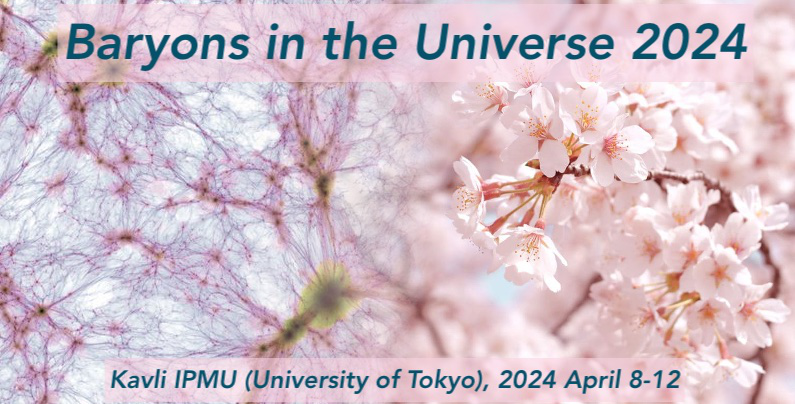Speaker
Description
"Mapping the distribution of baryonic mass on large scales, specifically within group-sized halos, is vital to clarify how much of the missing baryons is locked up within halos and filaments. Thermal feedback, predominantly driven by AGNs residing in central galaxies, has been proposed to explain the observed amount and distribution of hot gas and overall baryonic content. However, the precise injection of AGN energy into the environment, including the timing, location, and magnitude, remains an ongoing debate in observational studies. Theoretical models, while successful in reproducing various observables such as the galaxy stellar mass function and hot gas content in massive clusters, still diverge in predicting the baryonic mass at smaller scales. Different feedback implementations lead to divergent outcomes, ranging from gas-rich groups with excessively hot environments to completely gas-depleted systems. Resolving these uncertainties will shed light on one of the fundamental weaknesses in our understanding of galaxy formation and evolution.
In this study, we present the first direct comparison between synthetic mock eROSITA observations derived from the Magneticum simulation and the real eRASS and eFEDS observational samples by eROSITA at varying depths. By employing a consistent methodology on both synthetic and real datasets, we investigate the distribution of hot gas in detected groups and clusters, as well as undetected systems, using a stacking analysis. Additionally, we explore the distinguishing characteristics between central and satellite galaxies within these environments, providing insights into the models implemented in state-of-art cosmological simulations.
Our findings contribute to a comprehensive understanding of AGN feedback, hot gas distribution, and the intricate interplay between theoretical simulations and real observations."

